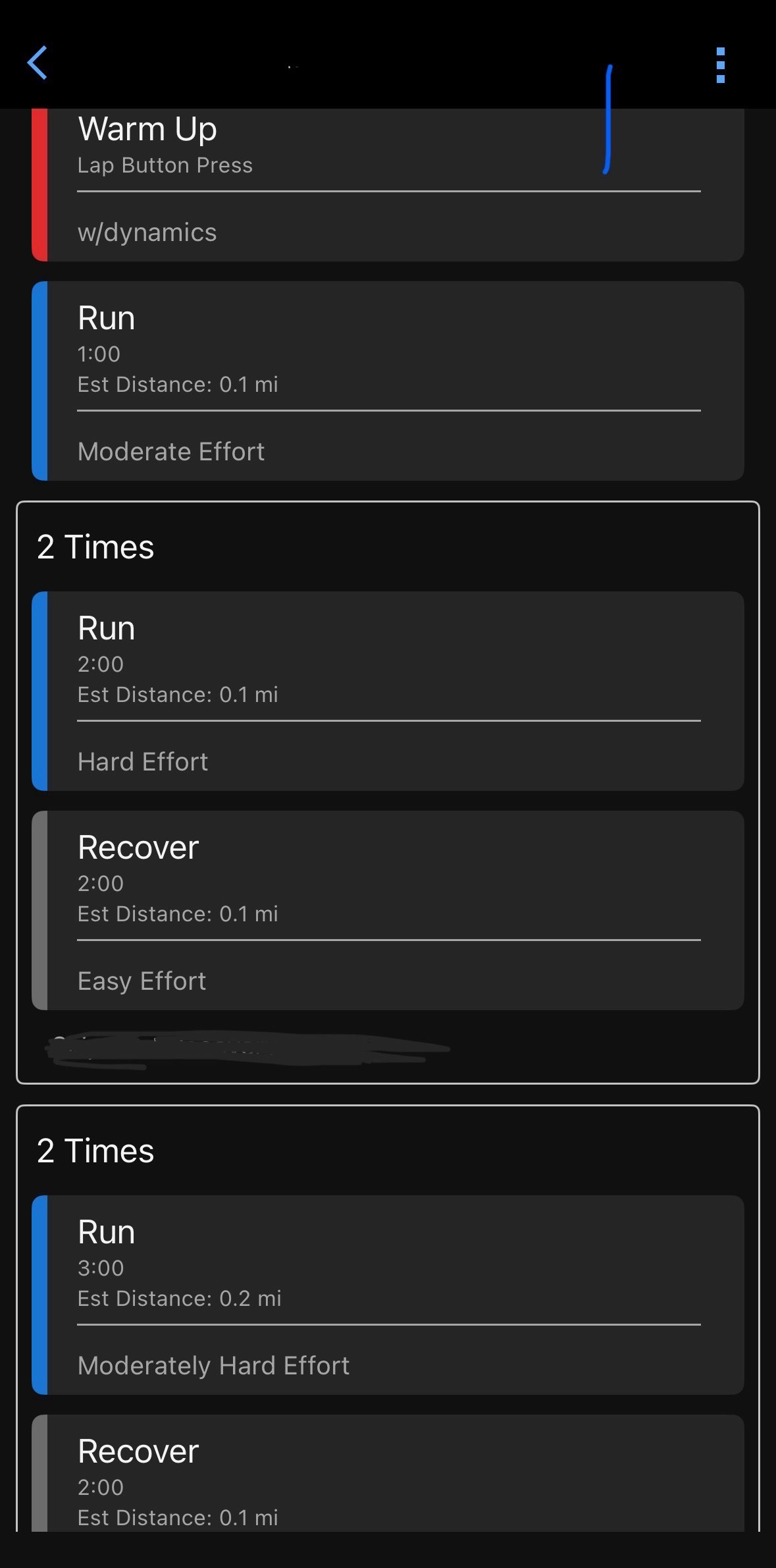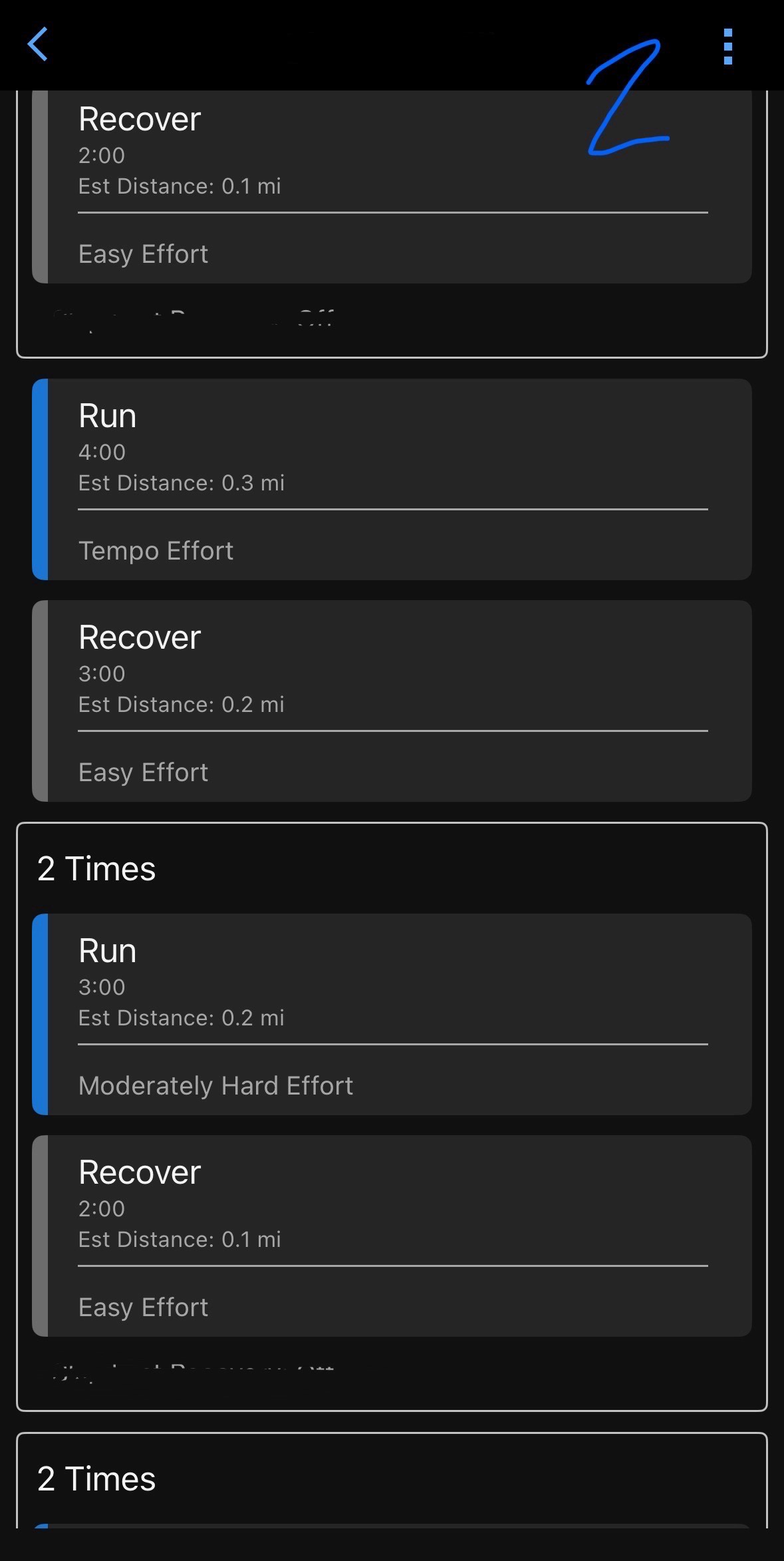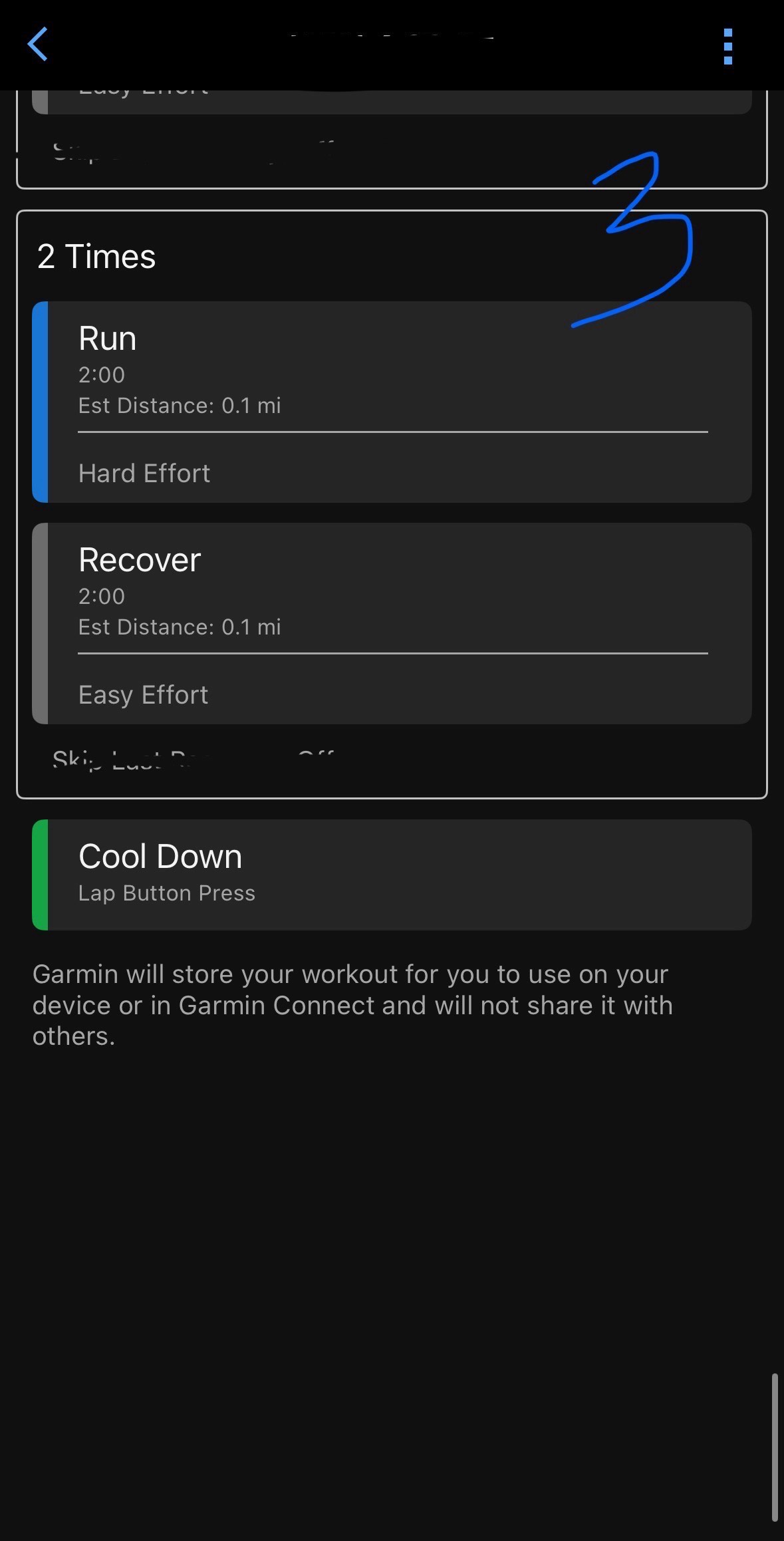Tuesday Speedwork (5.13.25)
Hellooo and
Happy Monday!!
I hope you had a great weekend and were able to enjoy the
beautiful weather, and I hope all you mommas and those of you momma-adjacent
had a nice day, yesterday. It was a lovely day to honor the moms and the
memories of the moms in our lives.
We will meet at the Parkway tomorrow, ready to begin our workout at 5:45pm.
It’s going to be humid and while it looks like we may run into some rain (and
maybe some wind), it should not be stormy like the last two weeks… let’s keep our
fingers crossed that we can finally do this workout, this week!
Here’s hoping the third times a charm as we try to do the same
mixed efforts workout that I’ve planned for the last few weeks.
Why am I so hellbent on running this workout?!
I’m trying to move us into a tempo effort segment that will allow
us to work on training our aerobic capacity for longer periods of time. This workout
is a great introduction into tempo efforts as it allows you to feel the difference
between those moderately hard and tempo efforts, which can often feel quite
similar.
Along with the workout and effort guide to use a reference below,
you can also find 3 screenshots of how I programmed the workout into my Garmin
watch. As I’ve previously mentioned, we will begin including tempo efforts into
the mix as we work to focus on shifting between hard, moderately hard, and
tempo efforts with small breaks of easy efforts in between.
Remember that your body does not
know numerical pace, it knows effort and how that effort feels. For this reason, you should not focus on the pace on your watch during the workout.
Instead, focus on how each interval feels.
You can review your stats after you finish the workout to see what your paces looked
like.
Tuesday Workout (5.13.25):
Warmup (with dynamics)
1 min moderate
2 times:
2 min hard/2 min easy jog
2 times:
3 min moderately hard/2 min easy jog
1 time:
4 min tempo/3 min easy jog
2 times:
3 min moderately hard/2 min easy jog
2 times:
2 min hard/2 min easy jog
10 min cooldown
Post-run stretching as a group
About the Workout:
- This workout is designed for you to run the “working” intervals
and easy jog the easy/recovery intervals. - Even though the easy intervals are scheduled in my Garmin as
recoveries, you should be easy jogging them
and NOT walking
them. If you absolutely need to, you can walk the first 10-15 seconds of the
recoveries, but please try to begin easy jogging them pretty quickly. - We will likely spread out on the hard, moderately hard, and tempo
intervals, so please circle up and regroup on the
easy intervals. While regrouping, use this time to sip your water while
resetting your breathing and running form/perform posture checks. - Remember that these efforts are relevant to you and
how you’re feeling. They can and will change from run to run and are dependent on
many factors including weather, clothing, energy levels, or how you’ve eaten
and hydrated in the last 48 hours…. and that is completely okay! - With more humid weather, your efforts will feel
harder than they normally would. Be kind to yourself and do not get hung up on the numbers… your body
does not know numbers, it knows feel… the numbers will come on their own. - We will be stretching as a group after the workout. As you finish
your cooldown, please circle up and begin stretching.
Effort Guide:
Easy Effort: should be conversational in that you should be able to hold a
conversation or sing a song without feeling too out of breath. 80% of your runs
should be run at this effort.
Moderate Effort: ~ 1 minute per mile faster than easy pace
A little more challenging, but you can still converse- in a few
sentences.
Tempo Effort: ~ 1.5 minutes per mile faster than easy pace
A little more challenging than moderate, but you can still
converse- in a few sentences.
Moderately Hard Effort: ~ 2 minutes per mile faster than easy pace
More challenging with labored breathing. This effort is
sustainable for 30-60 minutes. You should only be able to speak a sentence or
two.
Hard Effort: ~ 2.5 – 3 minutes per mile faster than easy pace
Quickly uncomfortable, and you shouldn't be able to say more than
a few words.
Harder Effort is uncomfortable, your breathing should be quite labored, and you
shouldn't be able to say more than a word (if any).
If you were going to rate your tempo effort on a
scale from 1-10 (10 being the hardest), it would be a 6 or 7. These runs are
meant to be short, with a sustainable effort that can be maintained for about
an hour.
COACH CHAT: Warmer
Weather Hydration
I say it quite often: “Hydrate!
Bring hydration with you on your run!” this is because even in the cold, you
sweat during exercise, making it easy for you to become dehydrated. Now that
the weather is getting warmer, it’s going to be even tougher to stay hydrated
during your runs.
When you sweat during a run, you
lose body water and salts (on average up to 1.4 liters per hour during an easy
run and up to 2 liters per hour during harder runs) that can affect the
production of energy for muscle contraction, impacting your running performance. Hydrating ahead of and during a run can help delay the
loss of those fluids. It also helps slow the decrease and thickening of
blood volume, which lowers how much blood your heart pumps- ultimately
decreasing the amount of oxygen delivered to your muscles. Being hydrated also enhances your body’s ability to
control its temperature by allowing your sweat to cool your skin. Here’s
a quick guide on how much water you should drink before, during, and after a
run:
- Before a run: 16 ounces two hours before
- During runs longer than 60 minutes: 8 ounces every 15-20 minutes,
more if you sweat a lot - After a run: 15 ounces per pound of body weight lost during the
run
LOOKING AHEAD:
Saturday Long Run (5/17):
Meet
at 8am, planning for the following distances:
Mountain Goat
Relay: 3-4 recovery miles
Mountain Goat
Full:
3-5 recovery miles
Buffalo Half: 6 miles
(welcome to the beginning of your taper!)
Shipyard
Half: 12
miles
Tuesday (5/20): Meet at the playground entrance of
OLP at 5:45pm for our workout.
HOH TEAM SHIRTS:
If you ordered one, they are available ($20. each)- I have them in
my car.
With the warmer, more humid weather upon us, it is even more
important that you are staying hydrated, so please continue
Coach Kristen



—